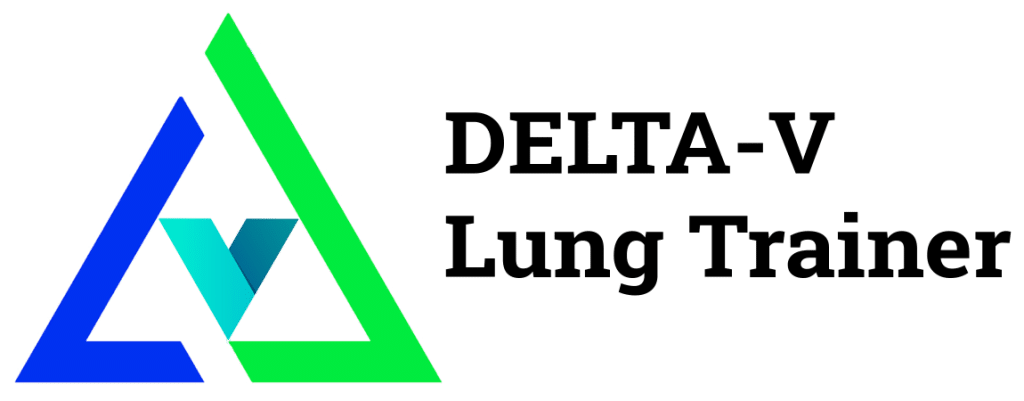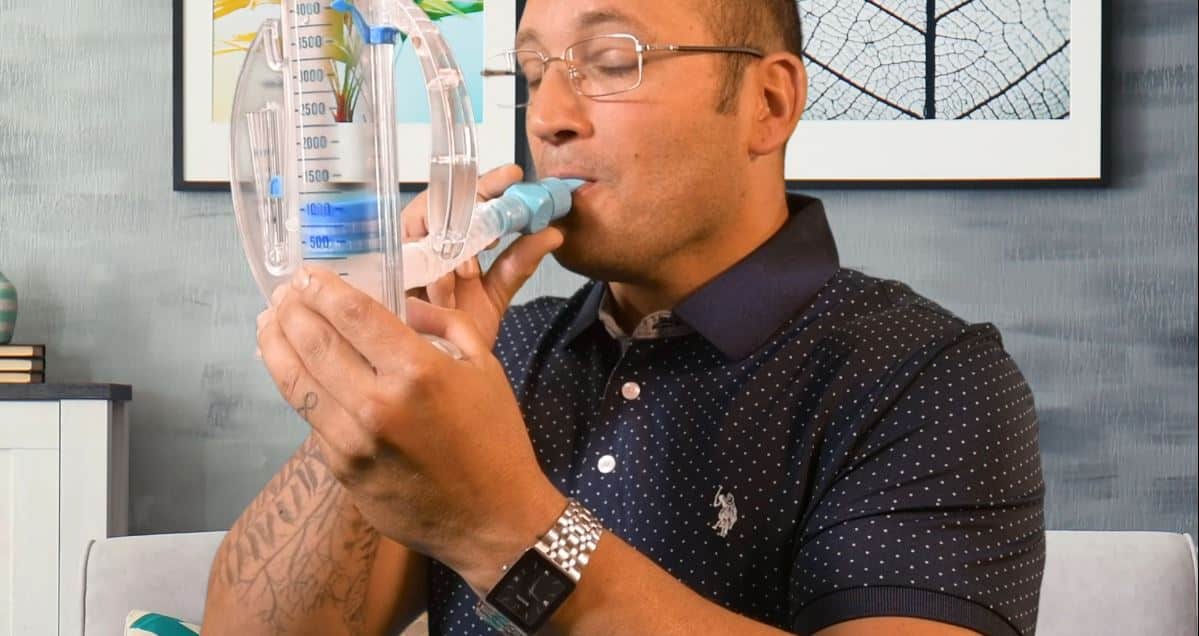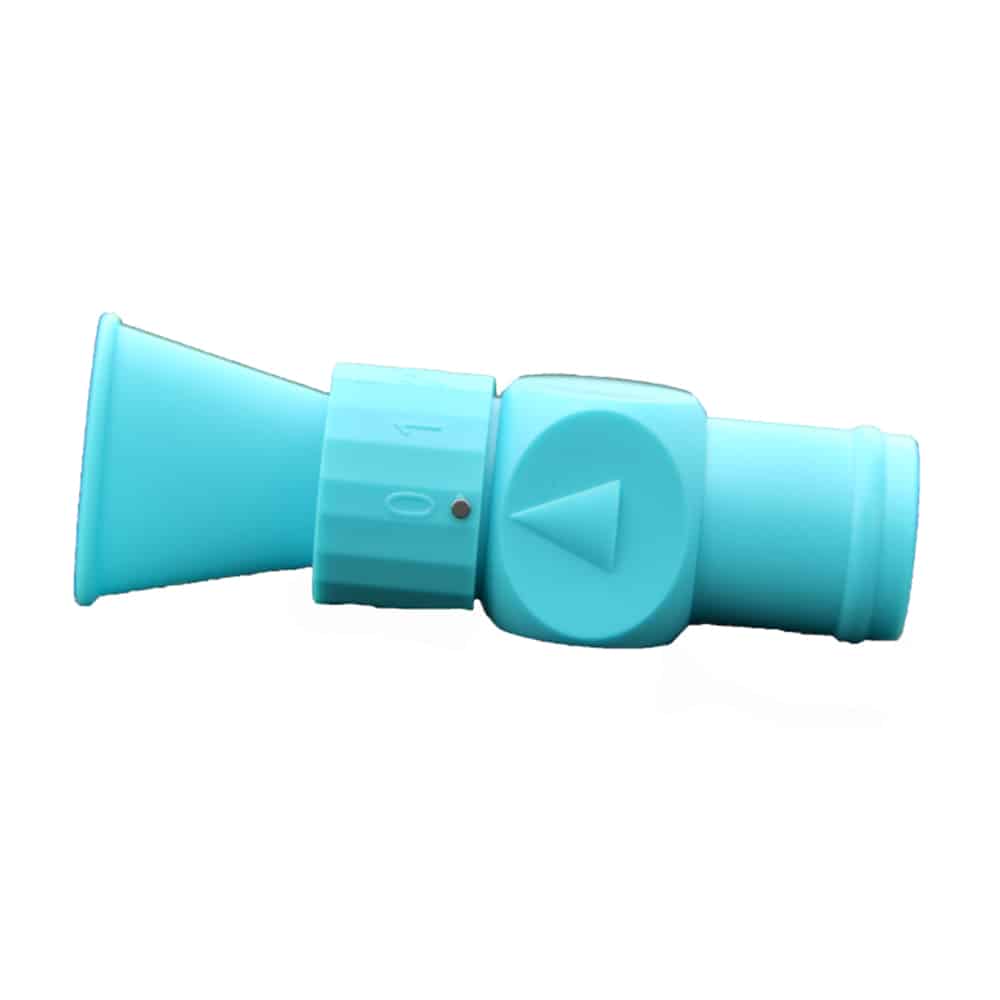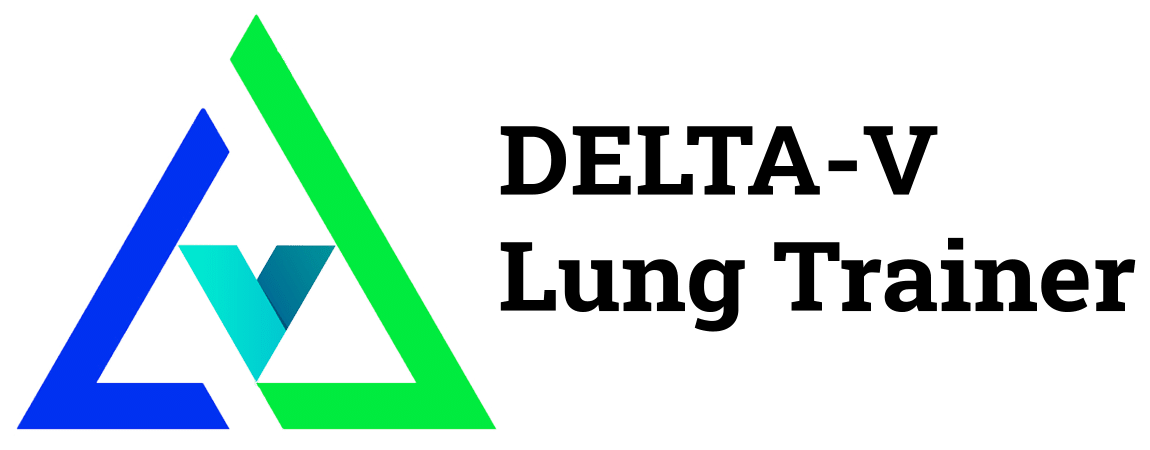Best In The Industry
Meet DELTA-V
The All-In-One Lung Training Tool with Adjustable Airflow
A proprietary device developed by RRT Alex Grichuhin for use as a lung training tool. With adjustable airflow settings, this device can be used with an incentive spirometer to track lung capacity and build lung strength.



